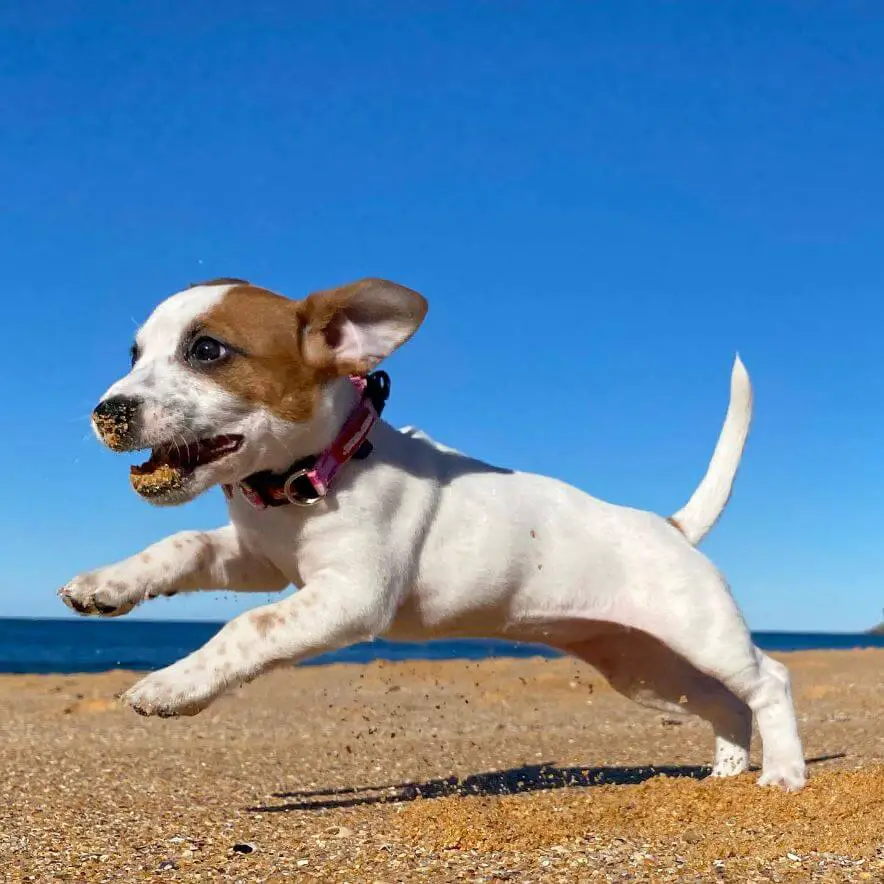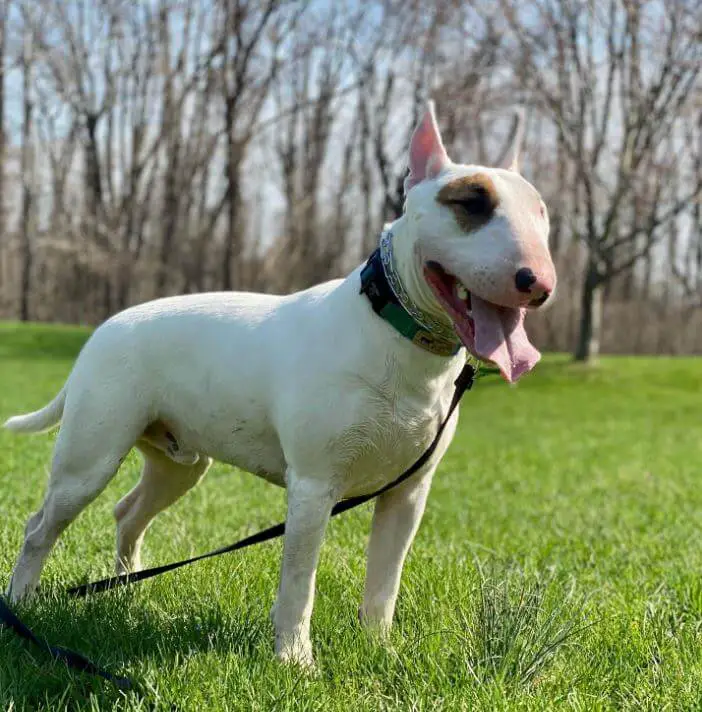As a dog owner, noticing your beloved canine companion limping can be concerning and leave you wondering about the underlying cause. Limping in dogs can be attributed to various factors, ranging from minor injuries to more serious health conditions. In this article, we will explore common reasons why dogs limp and provide insights into the appropriate steps to take when your furry friend is experiencing this discomfort.

Identifying the Causes of Limping:
- Sprains and Strains: Dogs, like humans, can experience muscle sprains or ligament strains due to sudden movements, slips, falls, or overexertion. These injuries can cause limping and discomfort.
- Joint Problems: Arthritis, hip dysplasia, and other joint conditions can lead to limping in dogs. These issues often develop with age and can cause pain and inflammation in the affected joints.
- Fractures and Broken Bones: Traumatic injuries, such as accidents or falls, can result in fractures or broken bones, causing significant lameness and an obvious limp.
- Paw and Nail Injuries: Cuts, wounds, ingrown nails, or foreign objects lodged in the paw pads can cause limping and tenderness.
- Muscle or Tendon Tears: Dogs engaging in rigorous activities or experiencing sudden twists and turns can sustain muscle or tendon tears, leading to limping.

Steps to Take When Your Dog is Limping:
- Examine the Limb: Gently inspect the affected limb for any visible injuries, swelling, or abnormalities. Be cautious and considerate of your dog’s comfort during this examination.
- Rest and Restrict Activity: Provide your dog with a quiet and comfortable space to rest and restrict their physical activity to prevent further injury or aggravation of the condition.
- Apply Cold Compress: If there are no open wounds, applying a cold compress wrapped in a towel to the affected area for 10-15 minutes can help reduce inflammation and provide temporary relief.
- Contact Your Veterinarian: It is crucial to consult with your veterinarian if your dog’s limp persists, worsens, or if you suspect a more severe underlying cause. They can conduct a thorough examination, perform diagnostic tests if necessary, and provide appropriate treatment options.

Treatment Options for Limping:
- Medications: Depending on the cause and severity of the limp, your veterinarian may prescribe pain medications, anti-inflammatory drugs, or joint supplements to alleviate discomfort and promote healing.
- Rest and Rehabilitation: Resting the affected limb and following a structured rehabilitation plan, including controlled exercises and physical therapy, can aid in the recovery process.
- Supportive Devices: In some cases, your veterinarian may recommend using supportive devices such as splints, braces, or orthopedic boots to provide stability and aid in healing.
- Surgery: If the limp is a result of a more serious condition such as a fracture, ligament tear, or joint problem, surgery may be necessary to correct the underlying issue and restore normal mobility.

Preventive Measures for Future Limping:
- Maintain a Healthy Weight: Obesity can put extra strain on joints and increase the risk of limping. Ensure your dog maintains a healthy weight through a balanced diet and regular exercise.
- Provide Safe Environment: Create a safe environment for your dog by removing hazards that can cause slips, falls, or other accidents that may lead to limping.
- Regular Veterinary Check-ups: Schedule routine check-ups with your veterinarian to detect any potential issues early on and address them promptly.

Limping in dogs can be caused by a variety of factors, ranging from minor injuries to underlying health conditions. It is essential to observe and identify the cause of your dog’s limp and seek veterinary care when necessary. By understanding the causes, taking appropriate steps, and following veterinary guidance, you can help alleviate your dog’s discomfort, promote healing, and ensure their overall well-being. Remember, early intervention and proper treatment are crucial for a speedy recovery and a happy, active dog.
